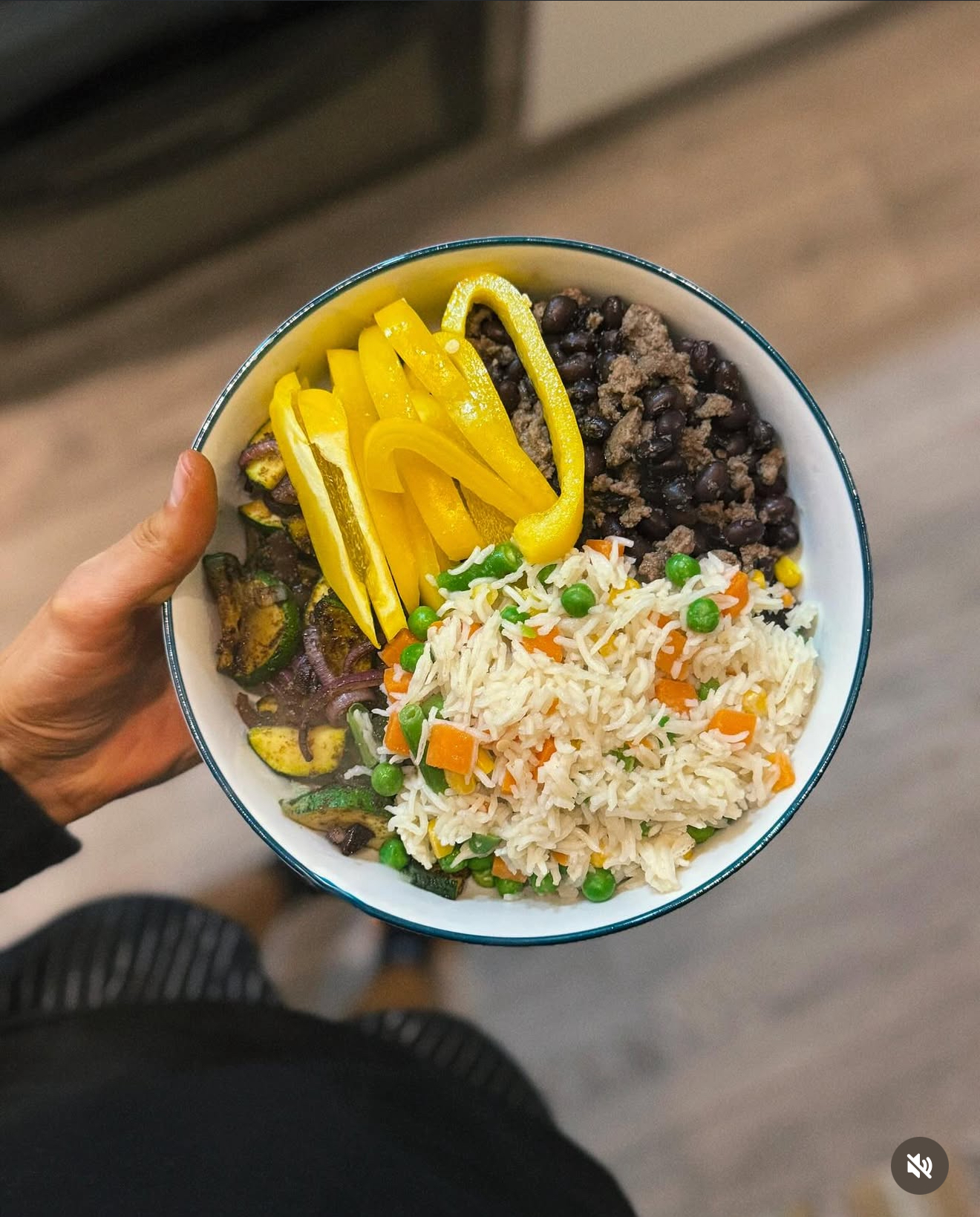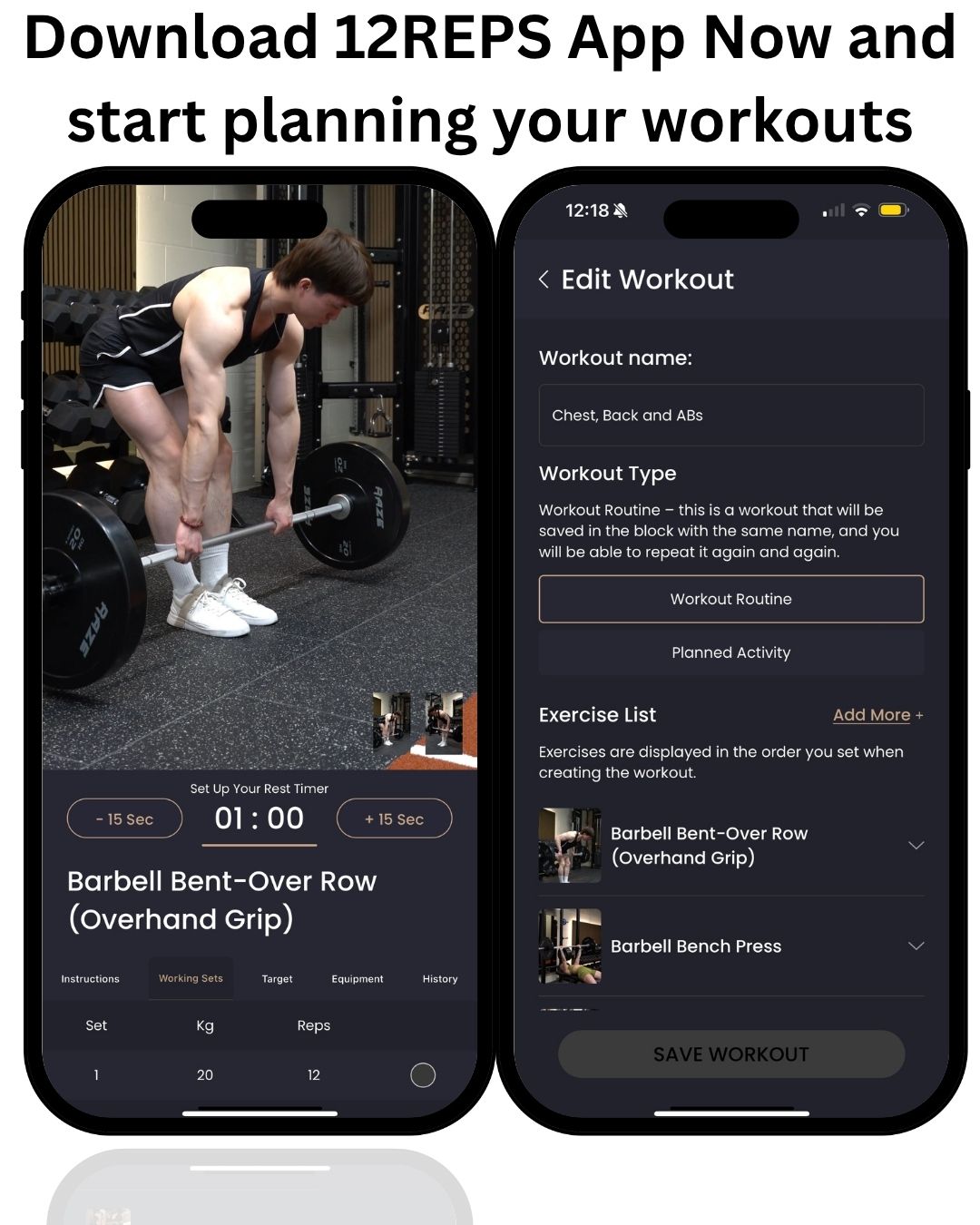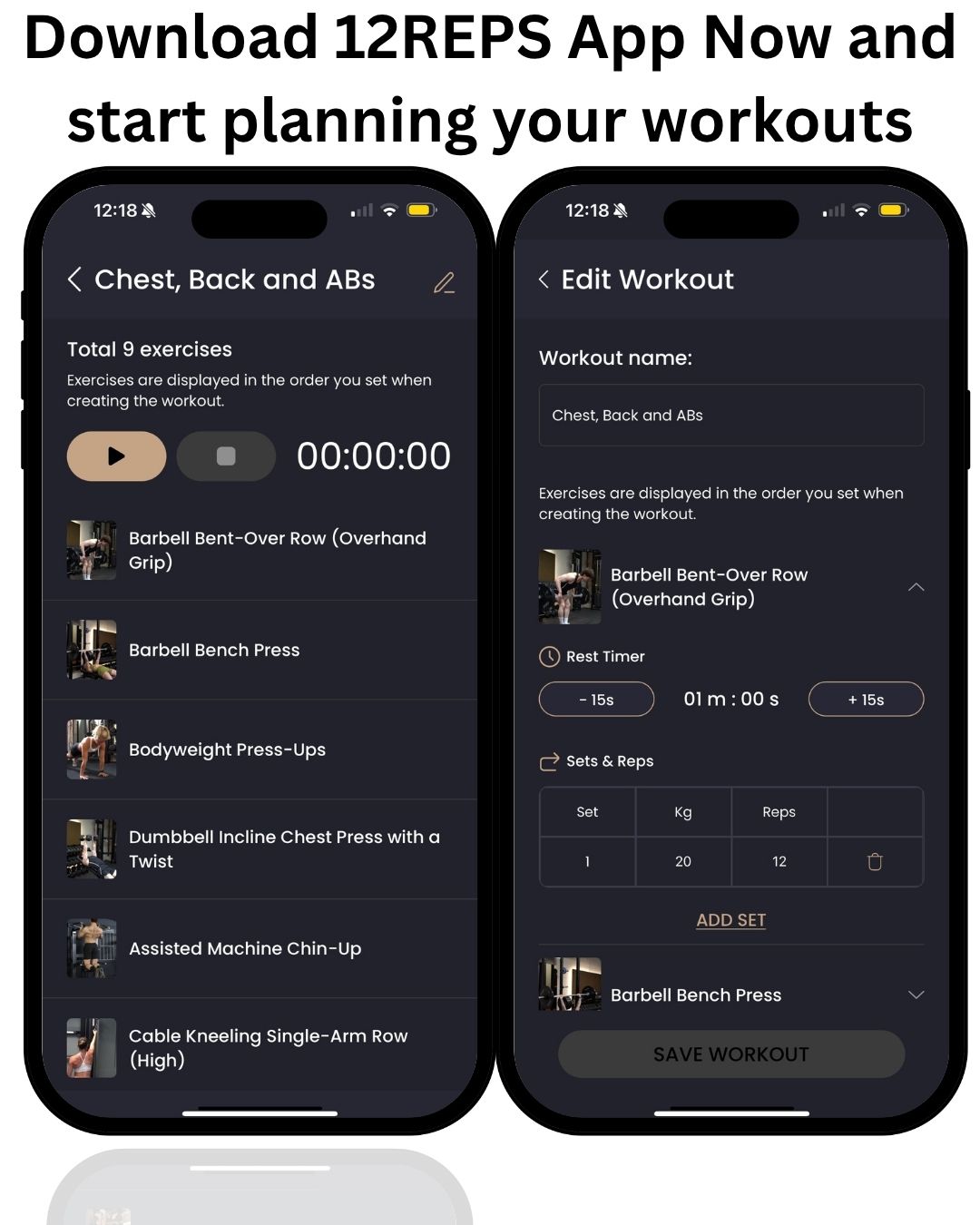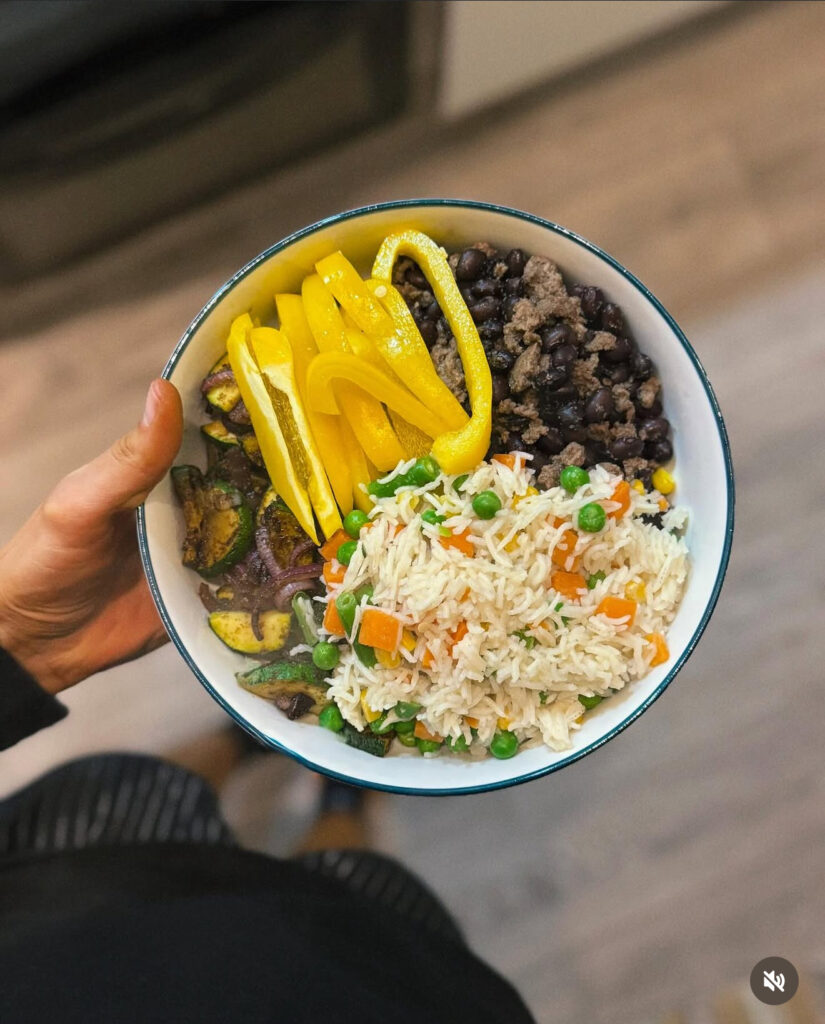The Calorie Confusion
You hear numbers thrown around all the time. 2,000 calories. 2,500 calories. 3,000 calories. But what’s the right number for you, a man in his 30s who wants to get in shape? The truth is, using a generic calorie target is like using a map for the wrong city. Your individual needs depend on your age, weight, height, activity level, and, most importantly, your goals. Getting this number wrong can be the difference between success and failure.
I’m here to demystify calorie tracking and give you a simple formula to calculate a personalised starting point. And I’ll show you how the 12reps app can help automate this process and track your intake alongside your workouts.
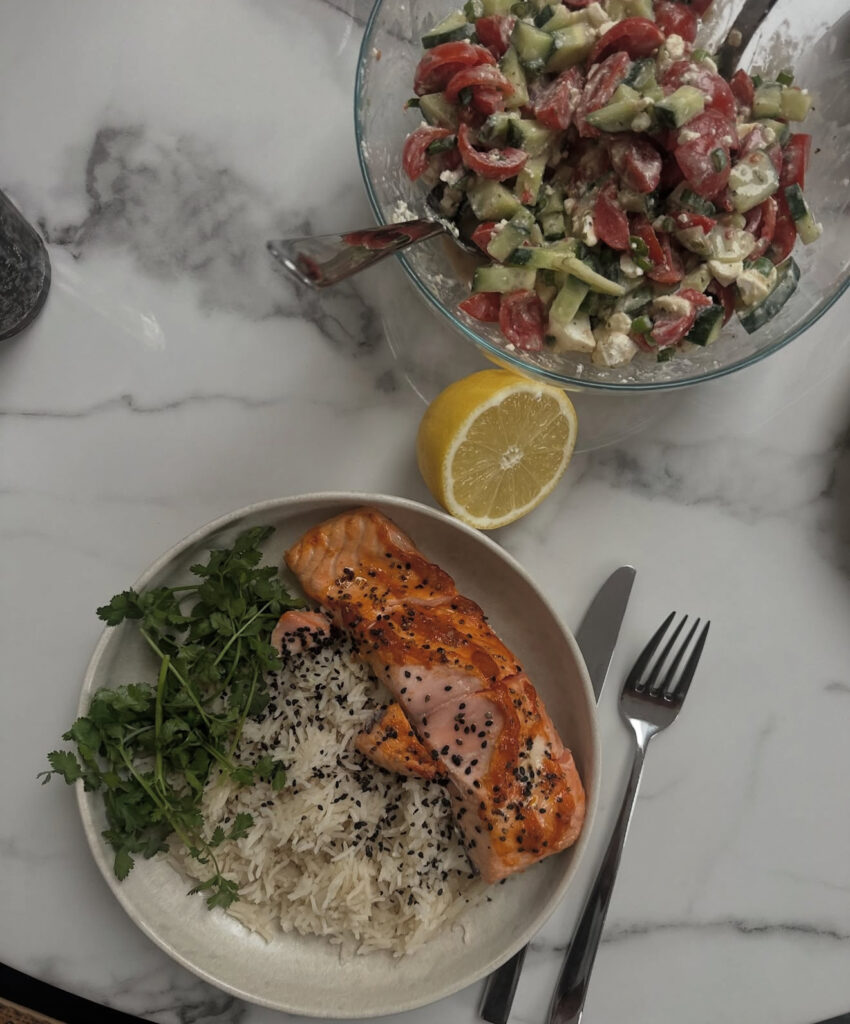
Understanding Your Total Daily Energy Expenditure (TDEE)
The most important number in nutrition is your Total Daily Energy Expenditure, or TDEE. In simple terms, your TDEE is the total number of calories your body burns in a day. It’s made up of four main components:
- Basal Metabolic Rate (BMR): This is the number of calories your body burns at complete rest, just to keep your organs functioning. This is the biggest chunk of your TDEE.
- Thermic Effect of Food (TEF): These are the calories your body burns digesting and absorbing the food you eat.
- Non-Exercise Activity Thermogenesis (NEAT): These are the calories you burn from all your daily activities that aren’t formal exercise, like walking, fidgeting, and doing chores.
- Exercise Activity Thermogenesis (EAT): These are the calories you burn during your workouts.
To calculate your TDEE, you can use a simple formula like the Mifflin-St Jeor equation. [1] But honestly, the easiest way is to use an online TDEE calculator. Just plug in your details, and it will give you a good starting point for your maintenance calories—the number of calories you need to eat to maintain your current weight.
Adjusting Calories for Your Goal
Once you know your TDEE, you can adjust it based on your goal. Do you want to lose fat or build muscle?
For Fat Loss: To lose fat, you need to be in a calorie deficit. That means you need to eat fewer calories than your TDEE. I recommend a moderate deficit of 300-500 calories per day. A larger deficit might seem tempting, but it can be counterproductive. It can lead to muscle loss, a slower metabolism, and make it much harder to stick to your diet.
For Muscle Gain: To build muscle, you need to be in a calorie surplus. That means you need to eat more calories than your TDEE. I recommend a small surplus of 200-300 calories per day. A larger surplus will just lead to unnecessary fat gain. [3]
This is where a smart app becomes invaluable. The 12reps app can help you set your calorie and macro targets based on your goals, taking the guesswork out of the equation. Download the 12reps app to get your personalised nutrition plan.

It's Not Just About Calories; It's About Macros
The quality of your calories matters just as much as the quantity. The three macronutrients, or macros, are protein, carbohydrates, and fats. [2] Here’s what you need to know about each one:
Protein: Protein is essential for muscle building and repair. It also helps you feel full and satisfied, which is crucial when you’re in a calorie deficit.
Carbohydrates: Carbs are your body’s primary source of energy for high-intensity workouts. Don’t be afraid of carbs, especially if you’re doing regular strength training.
Fats: Healthy fats are crucial for hormone production, including testosterone, and overall health.
As a starting point, I recommend a macro split of 40% protein, 40% carbs, and 20% fat. This is a good, balanced approach for most beginners. As you get more advanced, you can adjust your macros based on your individual needs and preferences.

You Are Now in Control
So, how many calories does a 30-something man actually need? The answer is: it depends. But now you have the tools to figure it out for yourself. Calculate your TDEE, adjust it for your goal, and focus on hitting your macro targets. Knowledge is power.
Stop following generic advice. It’s time to understand your own body’s needs and fuel it for the results you want. You are now in control.
Ready to get a personalised calorie and macro plan that works for you? Start your free trial of the 12reps app today.
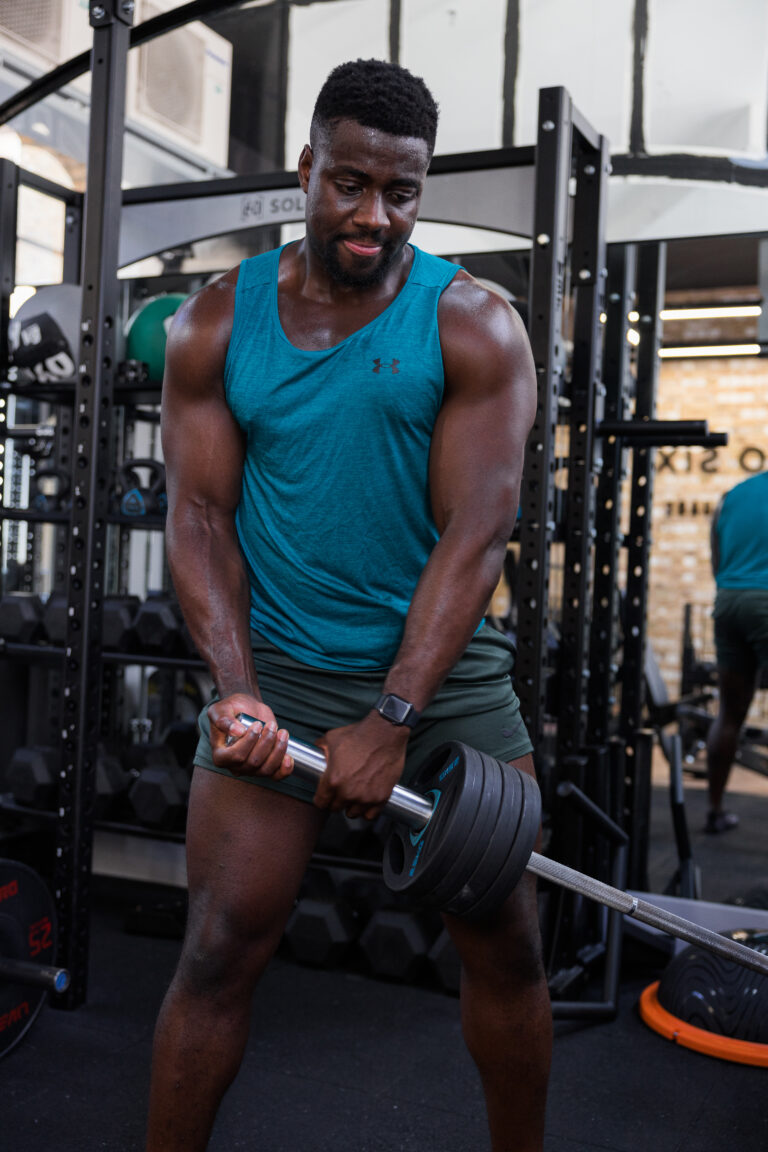
References
- [1] O’Neill, J. E., & Roffey, D. M. (2023). Accuracy of Resting Metabolic Rate Prediction Equations in Healthy, Normal-Weight, Overweight, and Obese Adults: A Systematic Review and Meta-Analysis. Current Developments in Nutrition, 7(Supplement_3), 101929. https://www.ncbi.nlm.nih.gov/pmc/articles/PMC10687135/
- [2] MD Anderson Cancer Center. (2025, February 18). Macronutrients 101: What to know about protein, carbs and fats. https://www.mdanderson.org/cancerwise/macronutrients-101–what-to-know-about-protein–carbs-and-fats.h00-159774078.html
- [3] Hall, K. D. (2017). Body weight regulation and the effects of diet composition. The American journal of clinical nutrition, 106(6), 1347-1348. https://www.ncbi.nlm.nih.gov/pmc/articles/PMC5568065/

